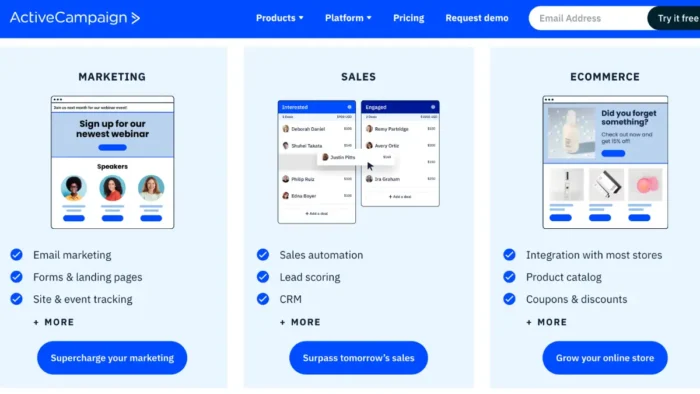When you’re running a website, there are many features and specifics for you to look out for. Some of these may be more minute than others, but the bottom line should be that the entire website runs as effectively and smoothly as possible. Of the many aspects of website design that creators like you should focus on, one of the most important is the category design.
Category design is one of the most familiar pages of any ecommerce website. Generally, the structure or strategy of a website’s category design will be dependent on the particulars of the kind of website you’re running. But, with the right amount of hard work, you can better ensure that your category design efforts won’t be going down the drain.
To help you along that line, here are some tips to keep in mind when creating a category design strategy:
1. Remember The Magic Number
You can’t create too many category designs. You need not go all out, although you have to make sure that there are enough categories for your website to stay organized. For search engine optimization purposes, the maximum limit of groups that you can have on your homepage should not be more than seven. Note that when you’ve got more than seven categories, this will only create confusion in the minds of your website visitors. Then, navigation is also going to be more difficult.
When you’re able to keep your categories limited, it gives your website a much better chance of ranking higher per category. When every category ranks well, this means that your website is ranking well overall.
Seven is the magic number in the category design realm. Through linking with this specific number, you can give signals to search engines that these categories are all related to each other.
2. Keep In Mind Ease Of Navigation
Whatever it is that you incorporate into your website’s design, always keep in mind this fundamental rule: ease of navigation. No matter how well-made every single one of your individual category design is, if they aren’t designed in such a way that navigation is made easier, then it will only continue to fail.
When creating the various categories of your site, be guided by the following pointers:
- Don’t shy away from having sub-categories to as many applicable root categories as possible. This will enable your customers or website visitors to have multiple routes to take whenever they’re looking for specific information, products, or services on your website.
- Always put the most important categories as a part of the primary headings of your menu. By this, it means that no matter where your website visitor will be navigating on your site, these will always be visible on your homepage.
- Put much thought into the category names. These should be simple enough for your website visitors to know in which categories to look for particular products or services. In general, always use keywords on your headings. Also, avoid vague terms at all times.

3. Highlight Your Winner Categories
Do you have categories of products and services that can be considered as winner categories? These are categories that are often searched for by your customers. These could also refer to categories that consistently contain bestsellers. These should be the ones you should highlight on your website’s homepage. That way, you’re effectively using your website to grow your business.
How do you find out which of your categories are winners? Go through your Google Analytics, wherein you can obtain information about which of your categories are performing well and are lagging behind. Remember that you also need to focus on the weaker categories in order for you to make the necessary changes.
4. Factor In The Overall Look And Feel Of Your Categories
Among all others, your categories should also be designed in such a way that their look and feel match that of the brand that you’re selling. Also, your categories should look clear and well-thought-out. They must also be fuss-free.
To help you along that line, here are some tips:
- Make it clear as to which category your website visitor has landed. For instance, once they’ve landed on a specific category, you may want the heading or the banner to be designed in such a way that it takes up the entire heading end, from border to border.
- In displaying items in each category, limit each row to only three items. This would make it easier for mobile gadgets and even computers to show all the necessary information about each of the three products, without distorting the display or category page itself.
Conclusion
The category design of any website is one that entails a very stringent strategy. It’s not one that content or website creators should do so haphazardly. With all these tips in mind, do take the time first to commit to looking into how to establish your categories. Then, go further by concentrating on the features of each category. Along with these tips, now you’re set to create the best category designs for your business.





